Join US
Do you want to build the fantasy world you’ve always dreamed of?
Subscribe to receive notifications when a new post is out and for our monthly newsletter!
You can always unsubscribe anytime.
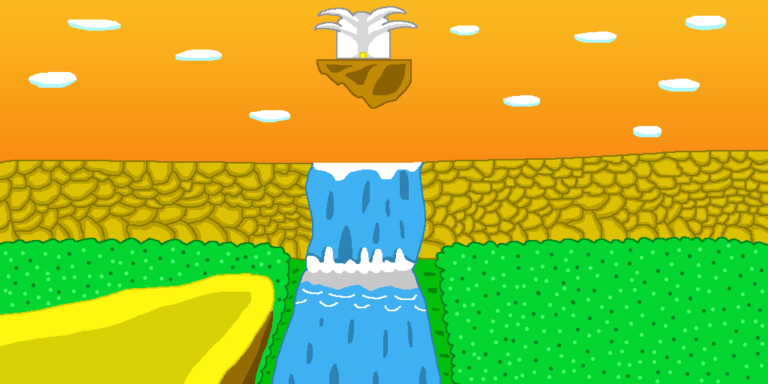
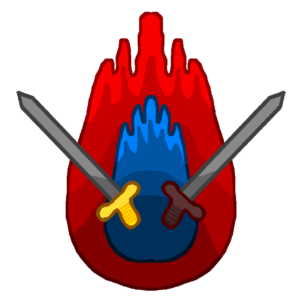
The plot lines of a novel are spread out across multiple chapters. Some are quite long whereas others are considerably shorter. How then do you transition from one chapter to the next while keeping your readers invested in seeing what happens next? There are several things you need to know in how to end a chapter that accomplishes precisely that.
Ending a chapter sounds so simple, doesn’t it? You just write a scene that effectively tells readers they’ve reached the end and they have to turn the page to find out what comes next. Writing the ending is actually more nuanced than you think.
One surefire way to achieve this is to give it a natural end. That is, the chapter comes to a close in a way that feels organic, almost as if you’re guiding the reader alongside the path you set. This is one of the best techniques to use in how to end a chapter since it wraps it up in a satisfying way.
While ending it naturally works, there will be times where you want to end it in a way that leaves your audience hanging. If they want to find out what happens, they have to move onto the next one. This is called a cliffhanger, or plot twist if you will.
These two methods listed above are two prominent methods for ending a chapter. However, there are some things you definitely don’t want to do. Doing one or more of these pitfalls can and will have a negative lasting effect that winds up hurting your story. You want to avoid doing them at all costs.
This is article number thirty-one in the series revolving around writing a fantasy book. We have tons more for you to look through and they’re located on our blog page.
A chapter consists of many scenes, each of which leads into the next one. Some have a significant impact on the story and others don’t. One of the most important scenes in the chapter is the one that ends it. The goal here is to close the chapter in a way that not only moves the story forward but keeps your readers interested.
Think of each chapter as a mini-novel where it has a beginning, middle, and end. While each part serves an important role, the ending is the one you want to get right since it has two functions. One is to give the chapter a final send-off before the story moves onto the following one and the second is to keep your audience interested in the story.
One of the best ways in regard to how to end a chapter is to have it end naturally. Giving it a natural ending keeps the flow you established throughout it consistent. The chain of events that transpired during it reaches a logical conclusion — at least for the chapter — and is structured in a way that makes your readers invested in your story.
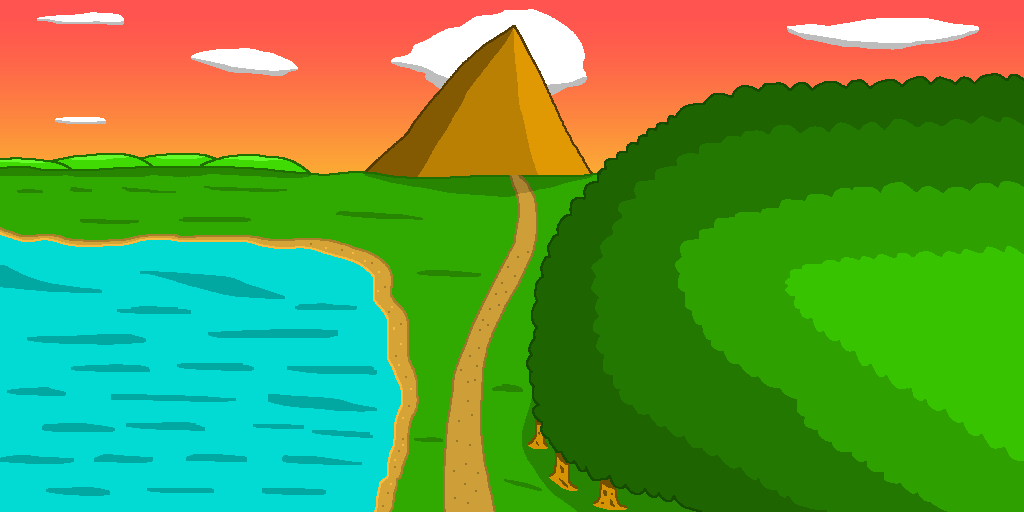
Let’s use an example to show how having a chapter end naturally works. Suppose the protagonist in your story is navigating through a swamp filled with dangerous beasts and you dedicate a chapter to showing his journey in the swamp. You can have the final scene show his making it to the other side and he looks back at the area he just went through with a triumphant smile.
See how the ending felt natural? It was logical that he would make it to the other side though there was no guarantee he would survive the swamp. Moreover, ending it like that is the perfect segue into the next one since one part of his journey is now over and he’s now moving onto the next one. The audience has no choice but to keep following if they want to find out what comes next.
You can do it in other ways. Suppose you have an argument between two of your main characters over something that spans the majority of the chapter; you can have it end with them standing in silence with the argument still unresolved. Or a scientist perfects the potion he’s been working on and he’s eagerly looking forward to test it out. Both endings are a natural, logical conclusion to the sequence of events that occurred during the chapter and yet they’re structured in a way that leaves your readers wanting more.
Not every chapter has to end naturally. If you want to give a particular one some oomph, why not set it to end in a cliffhanger? Having a chapter end on a plot twist can change the trajectory of the story in unexpected ways and make your readers hurriedly turn the page to see the fallout.
True to their name, plot twists come out of nowhere and take both the characters and the audience by surprise. Plot twists can be a number of things like someone hearing something about himself that he didn’t know while eavesdropping or a fierce monster appearing unexpectedly to wage battle on the heroes. These twists add suspense and take the drama already present in the tale to a new level.
Plot twists are key turning points in the story and what better way to show their importance to the plot by featuring them in the ending of a chapter that must be resolved in the following one? When deciding on how to end a chapter on a cliffhanger, it’s imperative that it make sense to the context of the chapter. Each chapter has its own tale to tell and you want the ending to reflect the message of that chapter, especially if it’s a cliffhanger.
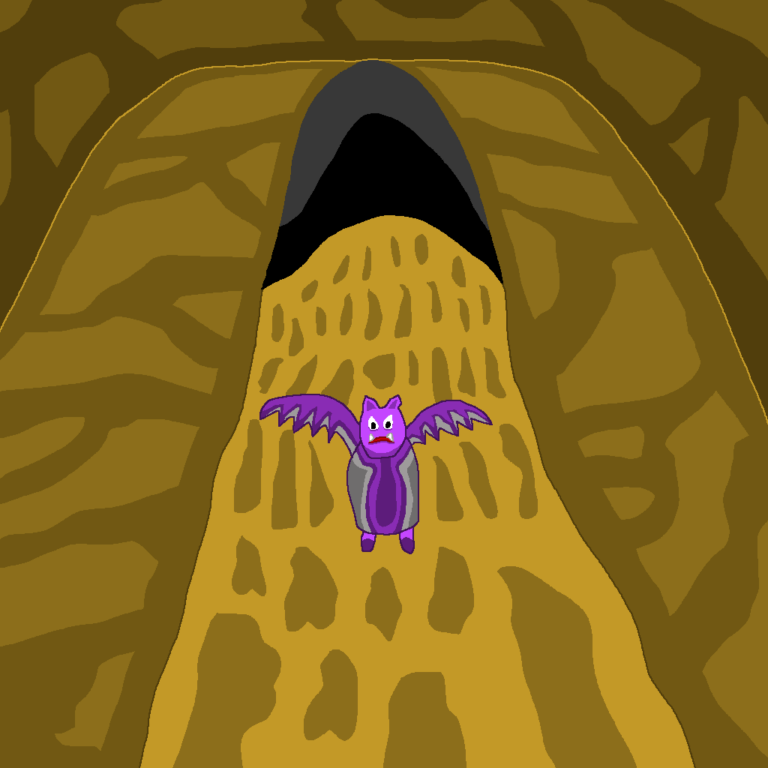
The story has a natural ebb and flow and the same holds true for its chapters. Some feature important moments that shape the plot going forward and others have minor ones that don’t affect it significantly. For those chapters where the story shifts dramatically, ending them on a cliffhanger can be the capstone to those filled with wild and unexpected moments.
On the other hand, introducing a plot twist to the end of a considerably uneventful chapter, in terms of story value, adds shock value. Your readers won’t be expecting it and the drastic turn of events leaves them reeling and only increases their desire to see what happens next.
When it comes to how to end a chapter, you want to use this technique sparingly. Using this too makes it less effective and impactful. As such, you want to reserve this for major turning points to highlight their importance to the overall plot. This means it’ll take some time to resolve them due to your characters having to contend with the fallout and their repercussions.
The last scene of a chapter signals to your readers that they’ve reached the end of one part of the tale and are on the cusp of the next one. Regardless if you have it end naturally or on a cliffhanger, there are some pitfalls you need to avoid to ensure that it doesn’t hamper your story.
One of the worst ways in regard to how to end a chapter is to have it end in a way that wholly undercuts it. Every scene in the chapter is connected as well as being pertinent to the plot and moves it forward. Its first ones establish the tone that will be used throughout it all the way to its last scene. Ending a chapter with a scene that doesn’t connect with the ones that came before it makes no sense and tarnishes them. Plot twists are the sole exception to this since they’re relevant to the story.
Another common pitfall is introducing something that, at first glance, seems important to the plot but ultimately winds up not being actually relevant after all. It could be a character who the audience believes will be either a great ally or enemy to the protagonist. Alternatively, it could be a plot device that your readers think will prove crucial to the protagonist triumphing. Doing this diminishes the story and is a lost opportunity to do something else that would have served it better.
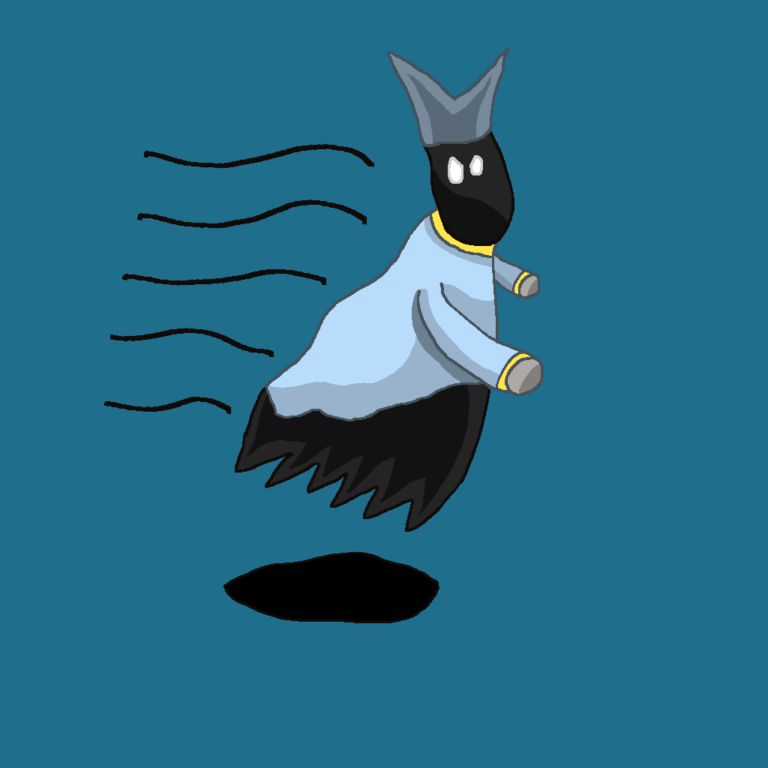
The third pitfall is to overstate its importance to the overall plot. No two endings have equal importance. Some are more salient and move the plot forward significantly whereas others serve as simple transitionary points from one part to another. Making one more crucial than it really is only confuses your audience so only do this on those that impact the plot in a meaningful way. Those that don’t, you can leave them as is.
One thing you need to be aware of when it comes to how to end a chapter is giving it an artificial ending. What that means is, you’re bringing it to a close in a way that feels forced, not organic. It’s as if you wanted to give it an ending just for the sake of it. Avoid this at all costs, for it will really hurt your story. Rather, you want to have it end in a way that works and makes sense.
Ending a chapter gives you, the writer, an opportunity to craft something that leaves a lasting impression in your readers’ mind. The last scene of a chapter serves two vital functions: one, to bring part of the tale you’re creating to a close and second, to keep the momentum you generated throughout it going. You do both things while keeping your audience engaged.
One of the best techniques to use in how to end a chapter is to give a natural ending. Having it end organically works thematically since it ties everything in the chapter all together while setting the stage for what comes next. It also makes it clear to your audience that they’ve come to an end in a part of the story and they must turn the page to see what the next part is.
Not every chapter will have a natural ending. There will be those that feature a plot twist or cliffhanger instead that takes your readers by surprise. These plot twists can upend the story in wild and dramatic ways which means your readers have no choice but to keep going to find out what happens. Ending on a cliffhanger or a plot twist are best suited for key turning points in the story.
Using a combination of the two different ways to end can help you make a great story. However, it has pitfalls that you must avoid, lest they drag your tale down. Knowing what they are and how to avoid them will serve both you and your story well.
Knowing how to end a chapter the right way can mean the difference between one that leaves a memorable impression or a bitter taste. Will you end the chapters in your novel in a way that works and keeps your readers invested in your story?
Let me know what you think in the comments below. (Note: this is an account-exclusive feature).
If you don’t have one, you can register here. It only takes a few moments of your time!
Liked this article and want to subscribe? All you have to do is fill out the form below and that’s it!
Thanks for reading this and until the next time,
Sunfire
Subscribing means you receive:
You can always unsubscribe anytime.
Do you want to build the fantasy world you’ve always dreamed of?
Subscribe to receive notifications when a new post is out and for our monthly newsletter!
You can always unsubscribe anytime.